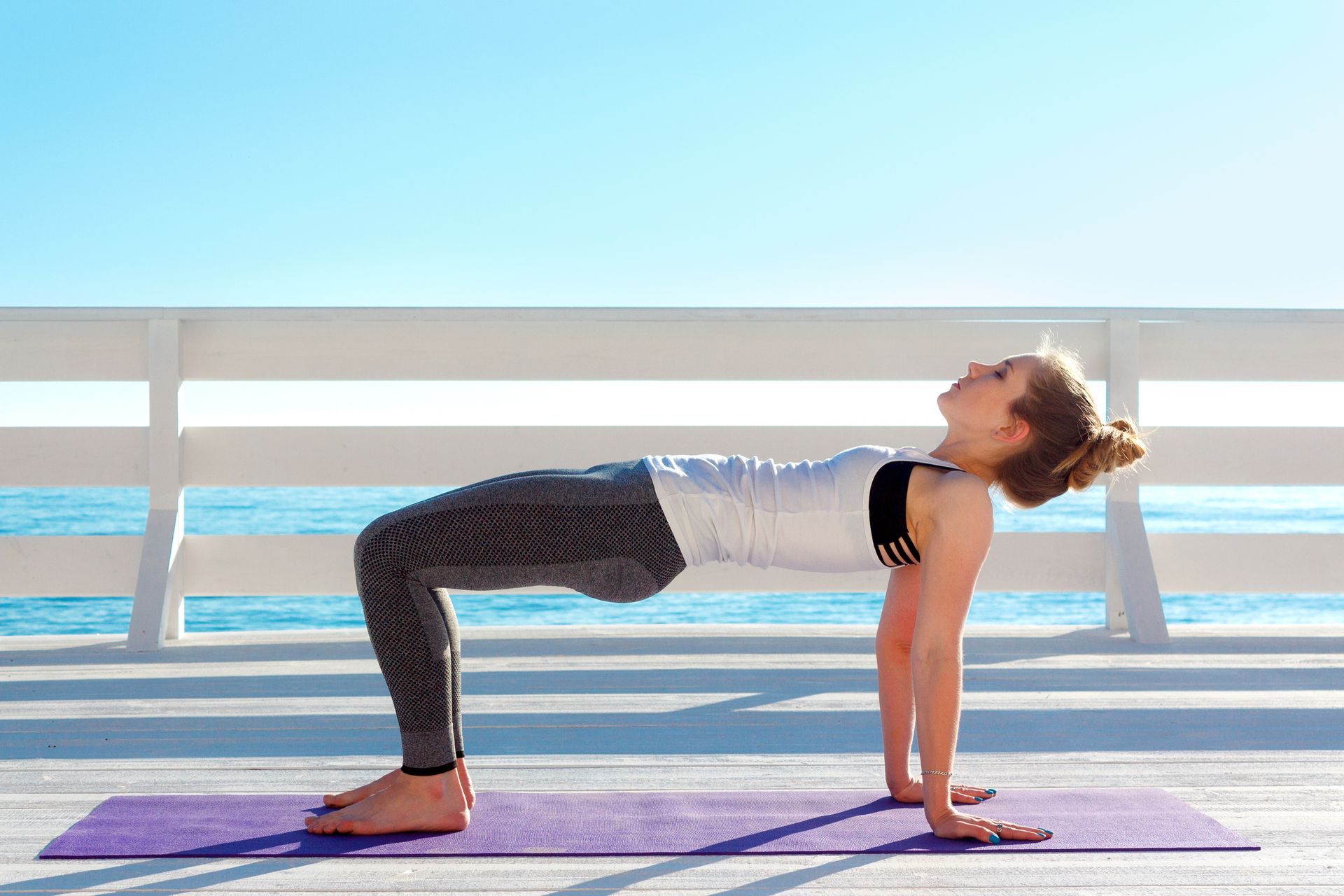Why Should You Care About Ground-To-Standing Exercises?
What are the Benefits of Ground-to-Standing Exercises?
Ground-to-standing exercises are some of my FAVORITE exercises to program into a client's plan, and they are a valuable component of a well-rounded fitness routine. These exercises involve moving from a lying or seated position on the ground to a standing position. While they may seem simple, they offer numerous benefits:
Functional Movement: Ground-to-standing exercises mimic real-life movements, such as getting up from a fall or getting out of bed. By practicing these movements, you improve your ability to perform daily activities with ease and reduce the risk of injury.
Strength and Power: Ground-to-standing exercises engage multiple muscle groups, including the core, glutes, legs, and upper body. They help improve overall strength and power by requiring you to push off the ground and stabilize your body while transitioning to a standing position.
Balance and Coordination: These exercises challenge your balance and coordination as you shift your body from a low position to an upright stance. Regular practice can enhance your proprioception (awareness of your body's position in space) and improve stability, reducing the likelihood of falls.
Mobility and Flexibility: Ground-to-standing exercises require a certain level of mobility and flexibility in the hips, knees, and ankles. Regular practice can help improve joint mobility, increase range of motion, and reduce stiffness, promoting better overall movement quality.
Core Stability: Getting up from the ground demands significant core activation to maintain stability and control throughout the movement. Ground-to-standing exercises can strengthen your core muscles, including the abdominals, obliques, and lower back, which are crucial for maintaining proper posture and preventing lower back pain.
Full-Body Integration: These exercises engage multiple muscle groups and promote full-body integration. They encourage a coordinated effort between the upper and lower body, promoting efficient movement patterns and enhancing overall physical performance.
It's worth noting that ground-to-standing exercises can be modified to accommodate different fitness levels and abilities. Beginners can start with assisted variations, such as using a stable surface or incorporating the support of their hands, and gradually progress to more challenging versions as their strength and confidence improve.
Incorporating ground-to-standing exercises into your fitness routine can contribute to improved functional fitness, strength, mobility, and balance. However, it's essential to consult with a qualified fitness professional or healthcare provider to ensure these exercises are suitable for your individual needs and abilities.
5 GREAT Ground-to-Standing Exercised
#1.
Turkish Get-Ups
The Turkish Get-Up involves 7 steps that get you from laying down flat on the ground to a standing position, all while holding a kettlebell overhead. The purpose of holding a weight overhead during this movement is to challenge your core stability and overall mobility.
(if you would like a detailed description on this movement, click here)
#2.
90/90 Get Up
As with all ground-to-standing exercises, this one will help with overall core stability, but the real added challenge is for your hip mobility and strength.
(click here for detailed instructions)

#3.
The Under Switch-to -Stand
Starting in crab position, you maneuver yourself into a lunge-like position, and stand up. Core, shoulder, and hip stability.
(Click here for detailed instructions)
#4.
Prisoner Get Up
This movement challenges your core stability without using your arms for leverage or momentum. Allows you to rely on your leg and core strength.
(Click here for detailed instructions)





